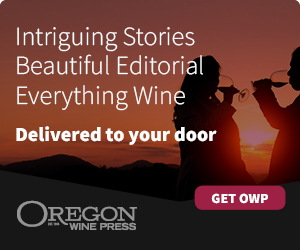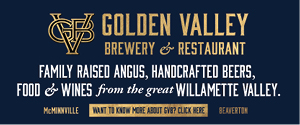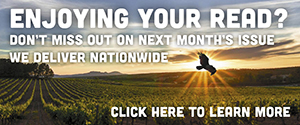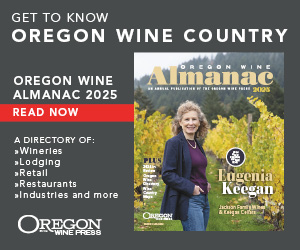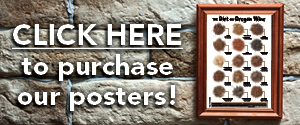A Means to an End
Learn more about Cellar Selects
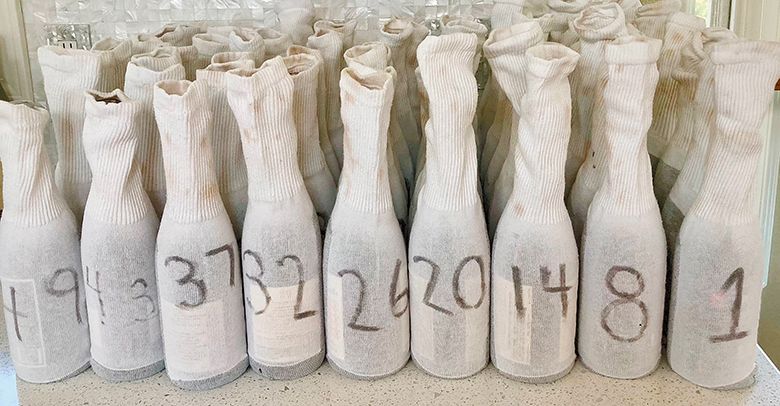
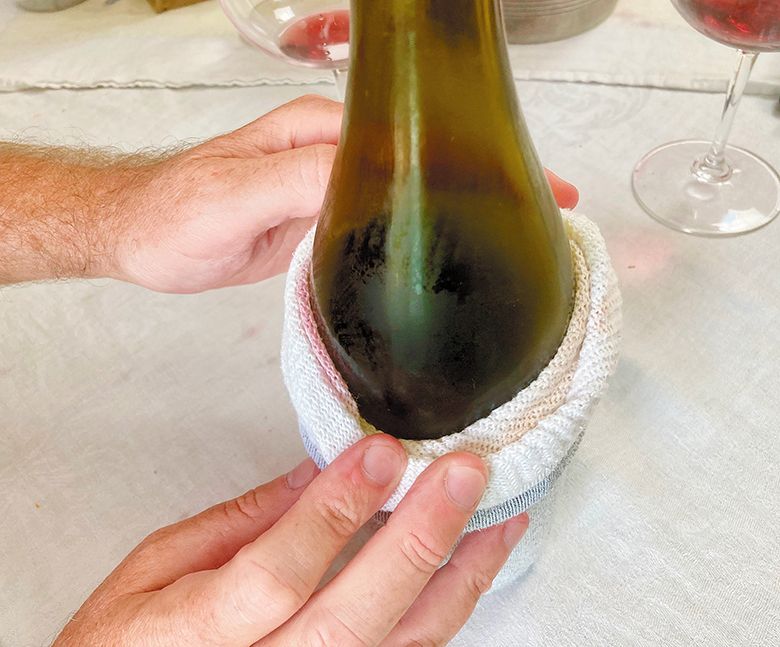
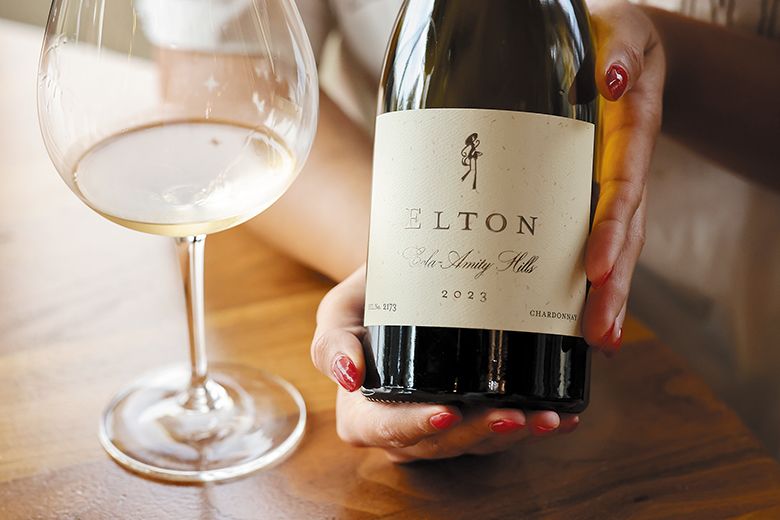
By Michele Francisco
Psst…Let me share a secret with you. Wine nerds adore geeking out over the beverage. Honestly, we can’t get enough of it.
While attending Chemeketa’s Wine Studies program nearly 15 years ago, not only did I learn how to grow and make wine, but also studied the technical aspects of wine evaluation. Critical analysis is fundamental to the process, so having a thorough comprehension of wine’s various flaws and faults is crucial. Judging countless Northwest wine competitions since my school days, along with sampling an estimated 1,000 wines each year, continues to strengthen my detection-honing skills and heighten my senses.
Needless to say, I’m serious about assessing wine.
A 2022 study, commissioned by the Oregon Wine Board, estimates Oregon’s wine industry contributes $8.1 billion annually in statewide economic impact. And, because winemakers only get their chance once a year, I feel critics should be similarly thoughtful when evaluating wine. I have profound respect for everyone crafting Northwest wines and consider my role both a privilege and an honor.
My detailed wine knowledge and education proved invaluable when developing Oregon Wine Press’ rigorous process for evaluating the Cellar Selects wines highlighted in each issue. I lead our unpaid panel through each comprehensive critical tasting. Primarily composed of wine professionals from a variety of backgrounds, I like to include “ordinary” consumers, too. I find tasting with people not employed in the industry both refreshing and enlightening. Because they don’t speak in wine jargon, I frequently learn from them. Many readers are simply wine lovers, so our panel should also represent them.
To avoid suffering palate fatigue, our panel rarely evaluates more than 25 to 30 wines during a sitting. However, this frequently means hosting several tastings each month. Happily, the extra effort pays off. I regularly receive positive feedback about the chosen wines from both consumers and wineries.
Let’s get into the nitty-gritty details.
Most importantly, all wines are evaluated double blind. Commonly used in competitions, this method guarantees no taster knows which wine brand is being assessed. Tasting blind eliminates any possible biases, allowing each taster to focus solely on the wine, judging it on its individual merits and characteristics, rather than the packaging or label. Often, Oregon Wine Press panel participants know nothing more than the grape variety. This is accomplished by removing (or covering) any identifiers on the neck before placing each bottle in a numbered tube sock.
To minimize distractions, many variables remain constant for each panel tasting. We begin with fresh palates, use the same type of stemware and a white tablecloth (to better see color) and practice spitting, with dump buckets close at hand. Since music can influence taste, we don’t play any– or even speak– while assessing each sample. These simple measures guarantee everyone remains focused on the wine in their glasses.
First impressions can be valuable, although they don’t reveal a wine’s complex nuances. After a short break, we run through all the submissions again, uncovering further distinctions in the process. If anyone has questions or wants to revisit a wine, we taste it a third time.
This method supports our preliminary evaluation as the panel eliminates wines with faults and considers if minor flaws are acceptable (they usually aren’t). Much like judging a wine competition, we trade opinions on which best represents the grape variety, discussing (and sometimes debating) the aroma, flavor, texture, acidity level, tannins, style and finish of each numbered bottle.
But we’re not done yet…The wines, still in tube socks, are stored overnight in the refrigerator. You have undoubtedly experienced how a wine can change and evolve within your glass as time passes. Since bottles often improve, we retaste the samples twice more on day two.
Only after I have comprehensive notes for each chosen wine do we pull off the socks, revealing the labels. This excitement is akin to the anticipation you felt as a kid on Christmas morning. Panel members marvel, cheer, clap and sometimes groan as each bottle is unveiled. When a favorite producer isn’t selected, we lament over “killing our darling.” Believe me, we’ve killed plenty of darlings over the years. However, remaining unbiased is essential to the process. We are thrilled to discover new wines and derive pleasure from selecting trusted brands.
You too can increase your wine knowledge by enrolling in Chemeketa’s annual Sensory Evaluation of Wine Components course, held at the Northwest Wine Studies Center, located on the Eola campus. Learn how to detect flaws and faults while realizing your individual thresholds and tolerance levels in a technical setting. Believe me, you will significantly enhance your tasting ability for the minimal enrollment fee.
Next time you flip to the Cellar Selects pages, lined with bottle shots and tasting notes, I ask you to remember the time and effort required to choose those wines.
And, please don’t forget to congratulate the wineries with your purchases.
Wineries: we don’t charge a submission fee. For additional details, email me: michele@oregonwinepress.com.
Author’s note:
While I traveled in Central America, John Eliassen managed the Cellar Selects tastings. As a French-trained winemaker (his label was La Bete Wines), beer brewer, distiller and Le Cordon Bleu College of Culinary Arts instructor, Cellar Selects was in exceptional hands during my absence. Always timely, I thoroughly enjoyed working together. Sadly, John lost his battle with cancer a few months ago. With much love and gratitude, RIP, dear friend.
Michele Francisco spent her childhood reading and writing, eventually graduating from UCLA with an English degree. She attended graphic design school and began a career in design and marketing. After moving to Oregon in 2010, Michele studied wine at Chemeketa Community College and began Winerabble, a Northwest-focused wine blog. She has been a cheerleader for Oregon wine since her arrival.


